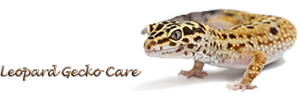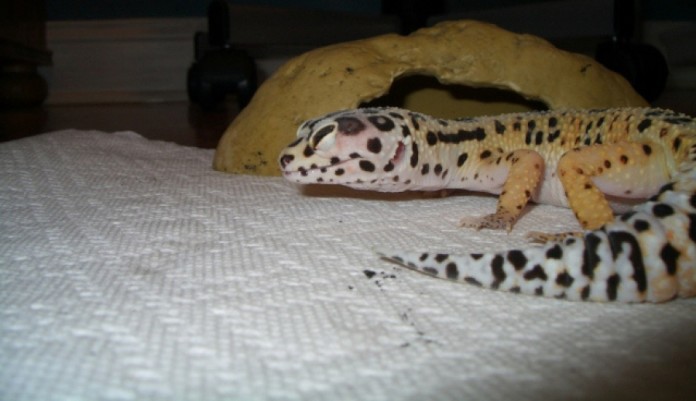There are large varieties of reptile substrate that you can use for your leopard gecko. However, a wrong selected substrate used may cause casualties to your beloved pet. So a decision of substrate is very important. There are many lively debates in many reptile forums about which is the most suitable substrate that you should use for your vivarium bedding.The reptile substrates can be newspaper, indoor or outdoor carpet, peat moss, paper towel or bed-a-beast and even much more. However, the right substrate can make sure that you have a healthy leopard gecko.
If you are really concern about your leopard gecko health and would not mind the bedding decoration for your gecko’s vivarium, paper towel is the sure bet for your leopard gecko safety with the minimal risk and I would strongly suggest this.
For young gecko or juveniles, I strongly suggest that you place them on paper towel or kitchen roll to avoid any impactions. Keep your young leopard gecko on paper towel until they are at least six months old. Certain gecko owner may keep them until around six inches long.
For an adult leopard gecko, I would suggest indoor/outdoor reptile carpet or paper towel used for flooring. However, certain reptile hobbyist and leopard gecko owner would prefer more natural look of their pet’s living environment, and sand is the choice of substrate.
If you enjoy the natural look as normal reptile hobbyists do, you need to pay more attention to your leopard gecko to avoid any impactions that may happened to your gecko, especially you’re housing your leopard gecko on the substrate that it never been before. You need to constantly monitor your leopard gecko to check if there are any signs impactions. These include lack of appetite or lumpy stomach.
In case for some leopard gecko owner who really insist to use riskier reptile substrate to provide natural look for the gecko tank, for example fine sand or “desert sand” which is crushed walnut, you must make sure that your leopard gecko are large enough (at least 6 inches long) and pay more attention to leopard gecko’s supplementation. Leopard gecko may eat this unsafe substrate if they attempt to balance up the insufficiency. Please take note that even if you provide sufficient nutritious supplement for your leopard gecko, it may be eating the substrate while hunting for its prey.
To make sure your leopard gecko safety, always provide a dish of calcium powder inside the enclosure. Keep on monitoring your leopard gecko if they are tempting to eat the substrate.
In my opinion, making sure your leopard gecko safe is better than the natural look of the vivarium design. Try to avoid fine sand and crusted walnut reptile substrate. You may always make sure ingredient of the reptile substrate by consulting your nearest pet shop.









